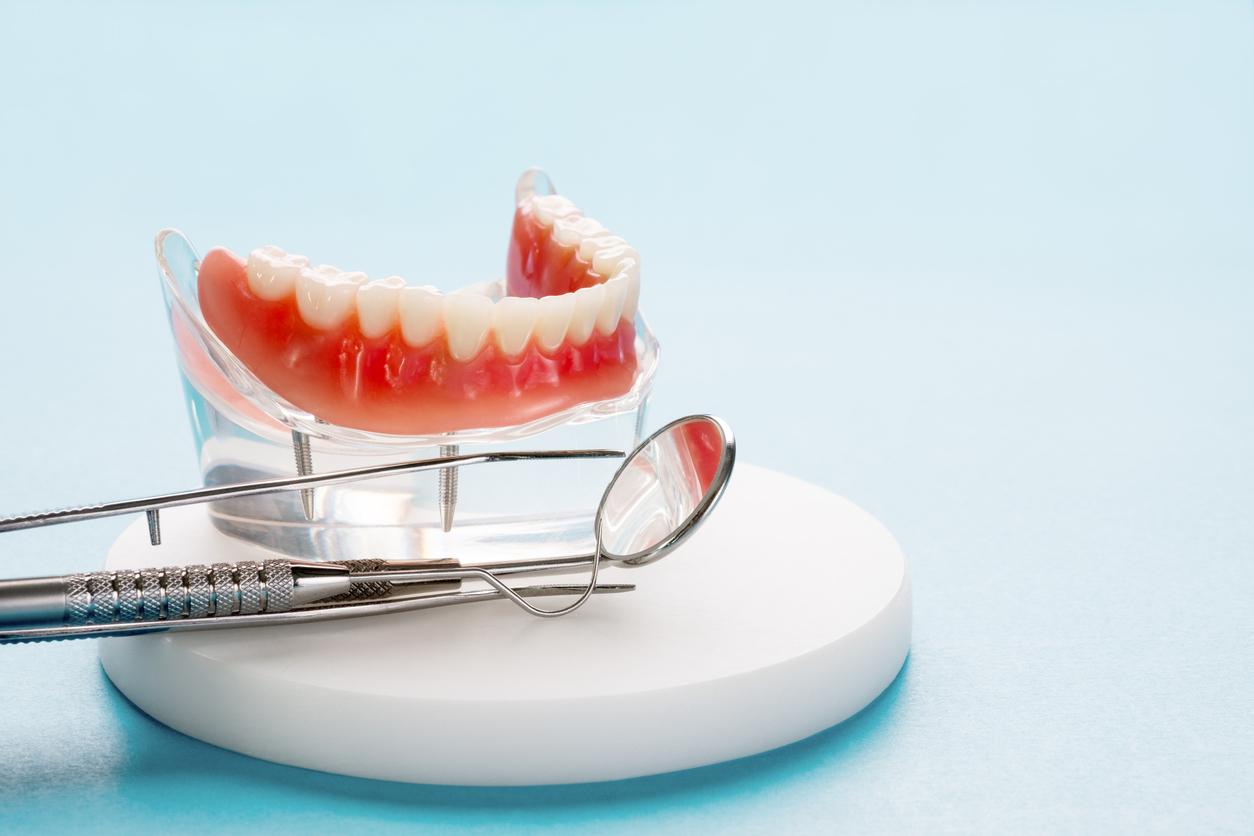Sinusitis is an inflammation of the sinuses. This often occurs after respiratory infection.
In normal breathing, air travels through the nose to the lungs. Inside the skull are cavities that contain air; medical name: sinusesThe four major cavities that open into the nose and throat are the sinuses, the sinuses, the sinuses of the ethmoid bone, and the sinuses of the sphenoid bone. Sometimes foreign particles can enter one of the four sinuses via the cilia of the nose.
The sinuses also contain cilia, which push mucus and particles back out of the sinuses. The sinuses carry mucus through a hairpin-shaped tube called the ostium to the nose. When the cilia cannot push the mucus back through the ostium, the mucus can build up in the sinuses, blocking the passageways and causing swelling and inflammation of the sinus mucosa; this condition is called sinusitis.
Sinusitis often develops after a infection of the upper respiratory tract or after an allergic reaction. Symptoms of sinusitis include facial pain or pressure, nasal congestion, nasal discharge, and toothache. There are prescription and over-the-counter medications that relieve the symptoms of sinusitis; surgery may be necessary in patients with persistent symptoms.















